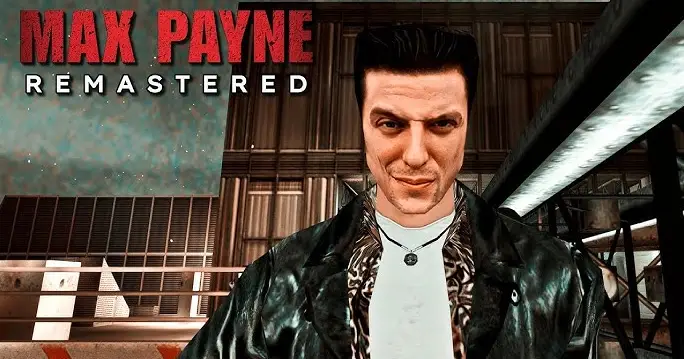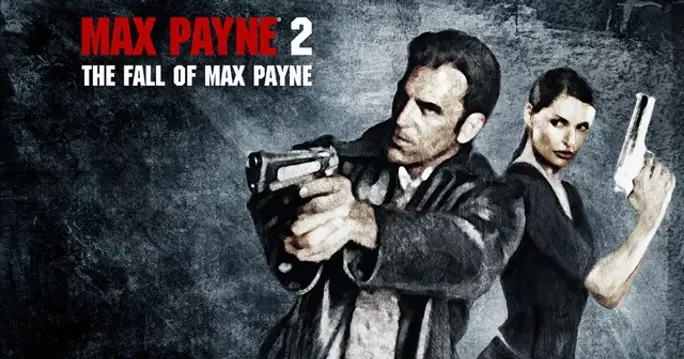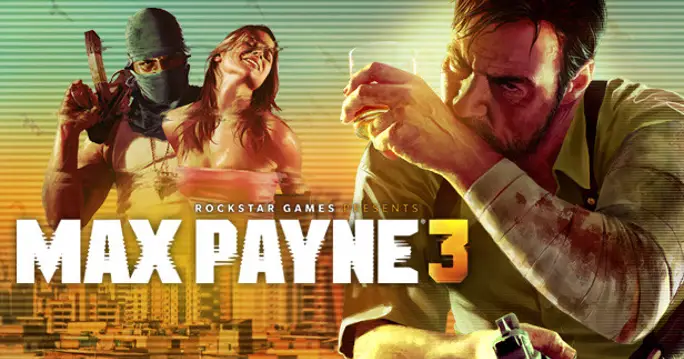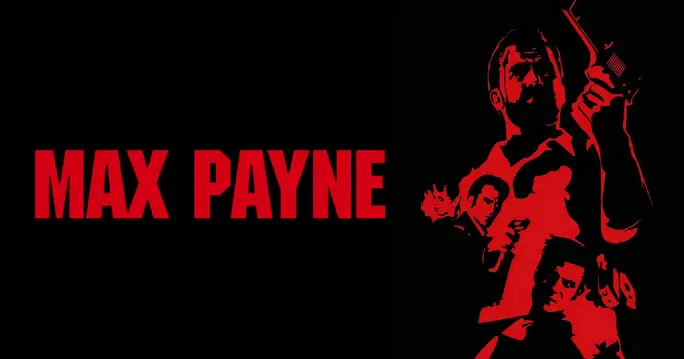A Look Back at the Max Payne Trilogy
The year is 2001. Gritty crime thrillers like “The Matrix” and “Se7en” dominate the box office. Enter Max Payne: A game that didn’t just borrow from those films, it flawlessly integrated their essence into the video game medium. Developed by Remedy Entertainment and published by Rockstar Games, the Max Payne series took the gaming world by storm, establishing a unique visual style, innovative gameplay, and a heart-wrenching story that continues to resonate with players today.
A Descent into Darkness: Max Payne

The Birth of Bullet Time
The original catapulted you into the shoes of its lead character, a NYPD detective framed for the murder of his family. Driven by vengeance and fuelled by painkillers, Max embarks on a relentless quest to uncover the truth, battling his way through corrupt cops, ruthless gangsters, and a shadowy corporation peddling a designer drug called Valkyr.
Max Payne’s claim to fame was undoubtedly its ground-breaking use of bullet time. Inspired by “The Matrix,” this mechanic allowed players to slow down time while maintaining their aiming speed. This resulted in incredibly stylish gunfights where players could dive through the air, unleashing a storm of bullets upon their foes in slow motion. This innovation alone cemented Max Payne’s status as a gaming icon.
But Payne was more than just a technical marvel. The game utilized graphic novel-style panels to tell its story, perfectly capturing the dark and gritty atmosphere of classic film noir. Max’s internal monologues, filled with hard-boiled cynicism and poetic despair, added depth and emotional resonance to the narrative. The combination of compelling storytelling, unforgettable characters like Mona Sax and Vladimir Lem, and a haunting soundtrack solidified Max Payne as a complete package.
Max Payne 2: The Fall of Max Payne

Max Payne 2: Re-joined Max, now reinstated as a detective, still haunted by the tragedies of his past. Fate intervenes, however, when he crosses paths with Mona Sax, the femme fatale from the first game. Their reunion ignites a dangerous romance as they fight to survive a deadly conspiracy.
While Max Payne 2 retained the core gameplay mechanics of its predecessor, it refined the bullet-time system and introduced new weapons and enemies. The sequel also leaned heavily into the neo-noir atmosphere, crafting a story that explored themes of love, loss, and redemption with even more nuance.
The relationship between Max and Mona formed the emotional core of Max Payne 2. Their shared pain and yearning for connection in a world consumed by darkness resonated deeply with players. While the game’s ending remained open to interpretation, it further solidified Payne’s tragic nature.
A New City, the Same Pain: Max Payne 3

Developed solely by Rockstar Games, Max Payne 3 transported a weathered and world-weary Max to the sun-drenched streets of São Paulo, Brazil. Working as private security, Max finds himself embroiled in a conspiracy involving powerful gangs, corrupt officials, and his own inner demons.
Max Payne 3 marked a significant shift for the series, both visually and thematically. The noir aesthetic remained, but Rockstar infused it with their signature brand of over-the-top action and gritty realism. While some fans felt the change strayed from the series’ roots, Max Payne 3 offered a brutal and unflinching look at Max’s descent into despair.
The Legacy of a Rockstar Classic
The future of the Payne franchise remains uncertain. While rumours of remasters and new instalments surface periodically, only time will tell if we’ll revisit Max’s world. One thing is certain, however: Max Payne’s impact on gaming is undeniable, and his story continues to captivate players even today.
#MaxPayne #RemedyEntertainment #RockstarGames #NeoNoir #BulletTime #Gaming #VideoGames #ActionGames #ShooterGames #ClassicGames
